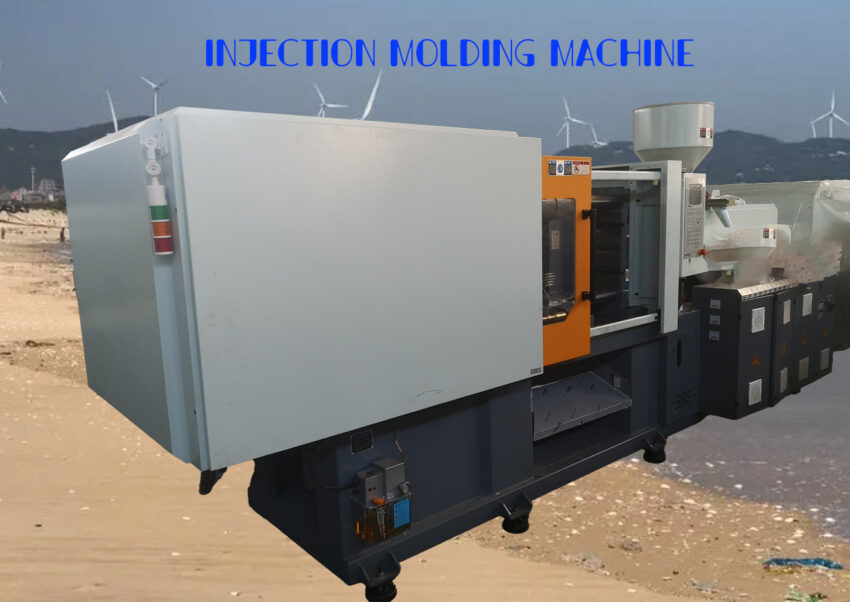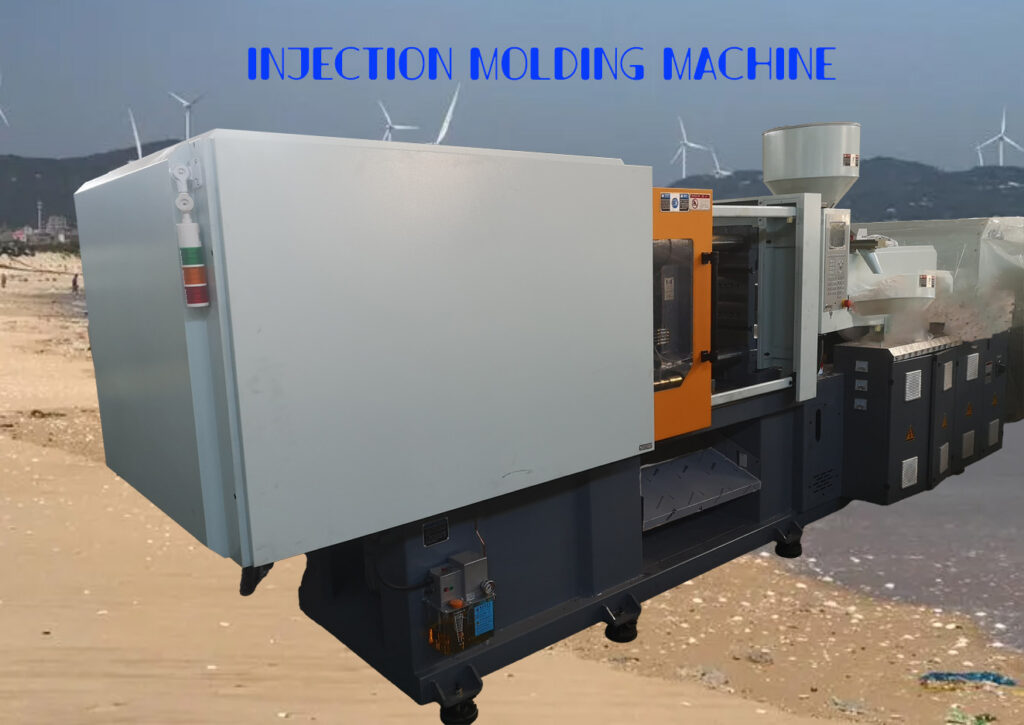A Comprehensive List of Injection Molding Machines: Exploring the Diversity of Precision Molding

Injection molding machines play a crucial role in modern manufacturing. Whether it’s packaging materials, daily commodities, automotive parts, or electronic devices, injection molding processes are ubiquitous. Understanding the different types of injection molding machines is essential for selecting the appropriate equipment to meet specific production needs. Let’s explore various types of injection molding machines and their characteristics.

1、Standard Injection Molding Machines
Standard injection molding machines are the most common type and find wide applications across multiple industries. They typically consist of three main components: the plasticizing unit, the injection unit, and the mold unit. These machines are favored for their reliability and cost-effectiveness, making them suitable for high-volume production.
2、Vertical Injection Molding Machines
Vertical injection molding machines are characterized by their vertical layout, where the plasticizing and injection units are located on a vertical frame. This design facilitates mold loading and unloading and occupies less floor space. Vertical injection molding machines are particularly suitable for small part production and multi-color molding.
3、Horizontal Injection Molding Machines
In contrast to vertical machines, horizontal injection molding machines have a horizontal arrangement of the plasticizing and injection units. This design aids in the operation of large and heavy molds as they can be conveniently slid in and out from the side. Horizontal injection molding machines are suitable for the production of large-sized parts.
4、All-Electric Injection Molding Machines
All-electric injection molding machines use electric motors to drive all the moving parts, including plasticizing, injection, and mold opening/closing. This type of machine offers high precision and rapid response times, making it ideal for precision molding and the production of complex products.
5、Hydraulic Driven Injection Molding Machines
Hydraulic-driven injection molding machines utilize a hydraulic system to provide power. They typically feature high clamping force and injection capacity, making them suitable for producing large-sized parts or parts that require high pressure. However, they consume more energy and have higher maintenance costs compared to all-electric models.
6、Hybrid Injection Molding Machines
Hybrid injection molding machines combine the advantages of both electric and hydraulic technologies. They provide precise control while delivering sufficient power to handle large molds and high-capacity production. This type of machine is gaining popularity in the market as it achieves a good balance between energy efficiency and performance.
7、Micro/Miniature Injection Molding Machines
Micro/miniature injection molding machines are specifically designed for small-sized and high-precision parts. They offer higher accuracy and stability and are suitable for applications in the medical, electronics, and optical industries. These machines are often equipped with advanced control systems and fine injection capabilities.
8、Rotary Table/Rotary Platen Injection Molding Machines
Rotary table or rotary platen injection molding machines are highly automated and capable of performing multiple operations in one cycle. This type of machine is suitable for high-efficiency mass production, especially for applications that require continuous operations.
9、Two-Shot/Multi-Shot Injection Molding Machines
Two-shot or multi-shot injection molding machines can inject two or more colors of plastic in a single cycle or simultaneously inject different materials. These machines can produce products with complex color and material combinations, such as phone cases, toys, and decorations.
10、Specialty Injection Molding Machines
In addition to the common types mentioned above, there are specialized injection molding machines designed for specific purposes, such as thermosetting injection molding machines for thermosetting materials or composite injection molding machines for composite materials. These specialty machines are designed to meet specific industrial needs and cater to special material or process requirements.
11、Conclusion
Selecting the right injection molding machine is crucial for ensuring product quality, improving production efficiency, and reducing costs. By understanding the different types of injection molding machines and their characteristics, manufacturers can make better decisions about which machine type best suits their production needs. Whether it’s a standard model or highly specialized equipment, injection molding technology continues to advance, providing a wide range of options for various industries. Through ongoing innovation and optimization, injection molding machines will continue to play a vital role in manufacturing, driving product design and development to meet the ever-changing market demands.


